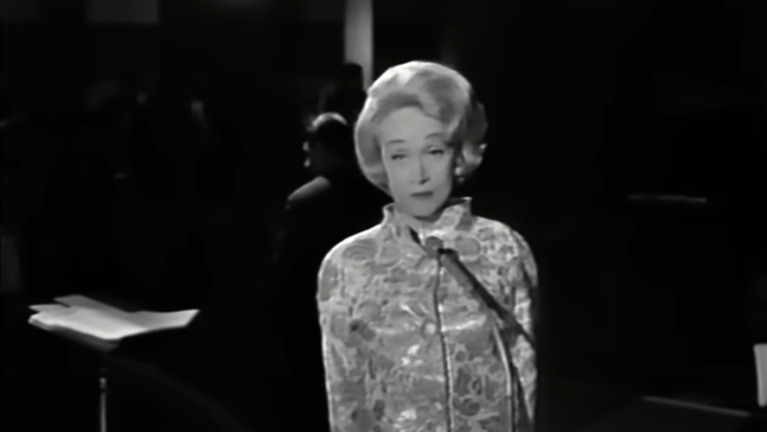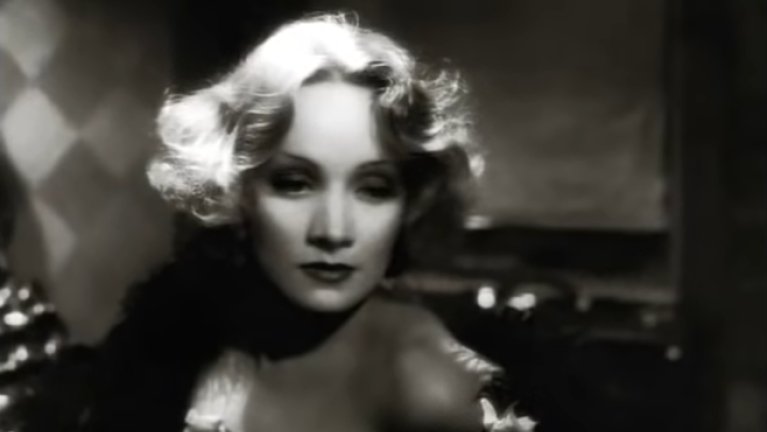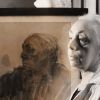Marlene Dietrich - world star, style icon, myth
The actress and singer was a phenomenon of her era and continues to inspire many people around the world today, partly because of her political stance.

Marlene Dietrich is the iconic star of classic films. She symbolises change, modernism and emancipation. She was and continues to be admired, idolised and imitated – yet remains an enigmatic myth.
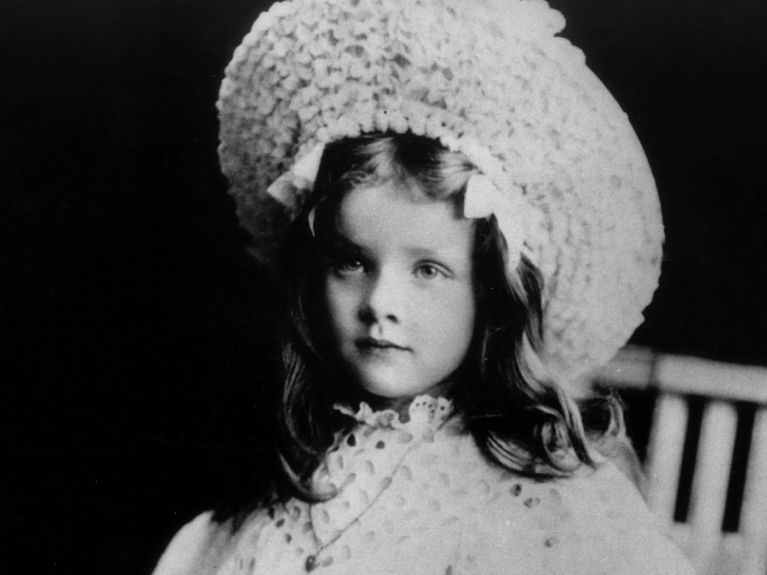
The early days in wild Berlin
Marie Magdalene Dietrich is born into a respectable middle-class family in Berlin on 27 December 1901. Her father is a police lieutenant and her mother is from an affluent family of jewellers. As a teenager, Marlene - as she soon takes to calling herself - discovers music, takes violin lessons and is interested in theatre and film.
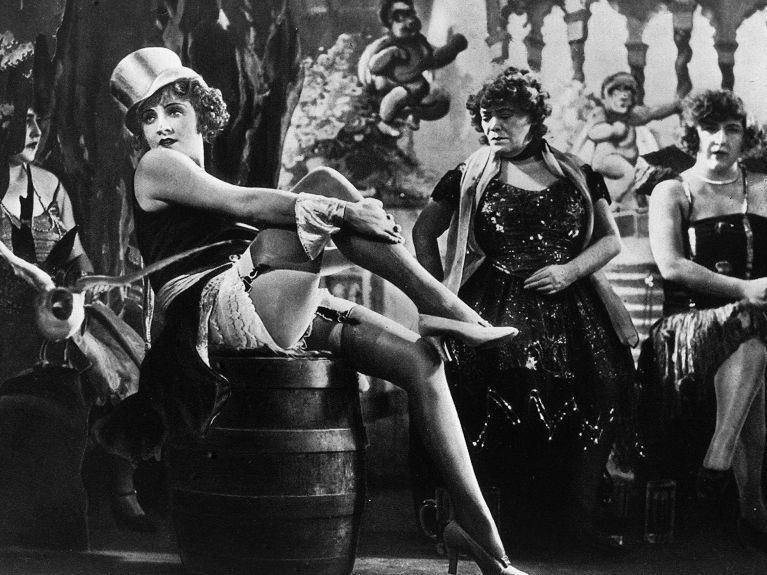
At the start of the 1920s, Marlene Dietrich takes her first steps on stage and in front of the camera. The vibrant metropolis of Berlin offers her the ideal environment to do this. Her breakthrough comes in 1930 when she plays Lola, the seductive star of Josef von Sternberg’s film “The Blue Angel”. She becomes a sensation thanks to her lascivious and ironic rendering of the song “Falling in Love Again”. The same year she accepts an invitation to move to Hollywood.
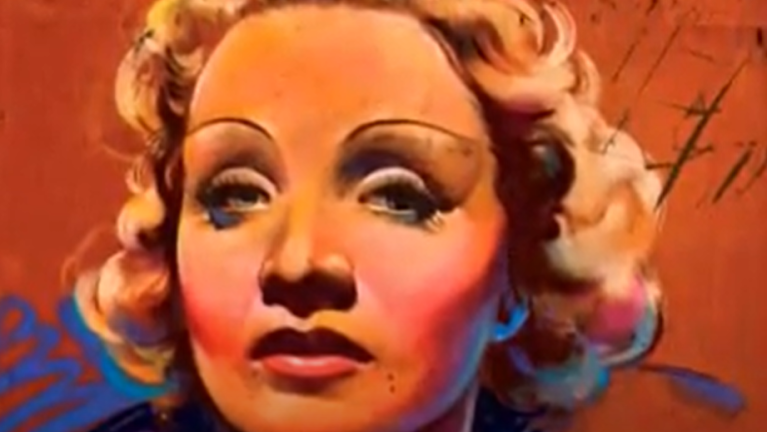
Dieses YouTube-Video kann in einem neuen Tab abgespielt werden
YouTube öffnenThird party content
We use YouTube to embed content that may collect data about your activity. Please review the details and accept the service to see this content.
Open consent formHollywood: the invention of the modern woman
In the USA, Dietrich becomes more than “just” a star in films such as “Morocco” (1930) and “Shanghai Express“ (1932). Her presence helps shape an entirely new notion of femininity - one that breaks with the conventional clichés. She wears trousers, nonchalantly smokes cigarettes and portrays characters who are self-determined and complex.
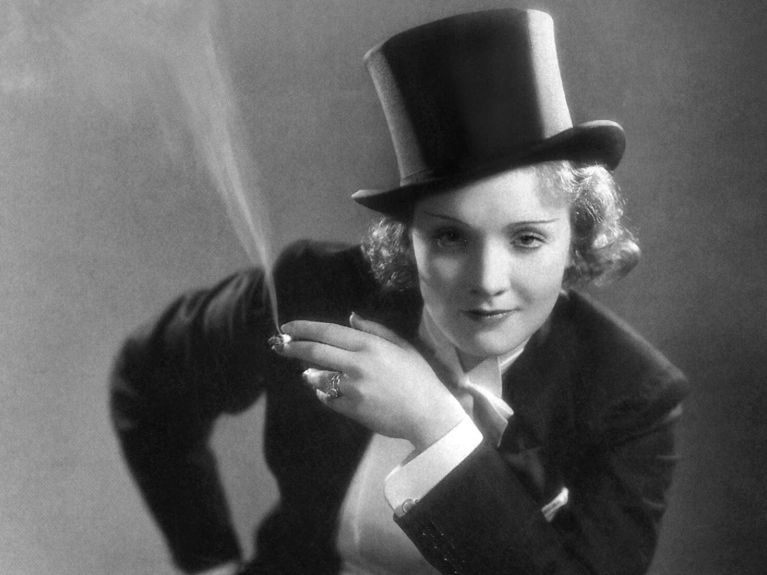
Dietrich’s performances are not about playing randomly with different styles, but send out deliberate signals. She says: “I do not dress for fashion, nor for men, nor for the audience - I dress for the image I have of myself.” This image of a modern woman has an impact that goes far beyond the cinema screen.
Second World War: taking a stance rather than conforming
In the 1930s the Nazi regime seeks to woo Marlene Dietrich, hoping to use her for propaganda purposes. But she flatly refuses to cooperate and adopts US citizenship in 1939. Later, she is reported to have said: “One has to take a stance. Neutrality was not an option.”

During the Second World War, Marlene Dietrich performs for the Allied troops at the front and sings for the soldiers – one of the songs being “Lili Marleen”, a wistful chanson about departure, hope and the wait for reunion. With her deep, smoky voice it has an emotional power that deeply touches many soldiers, no matter which side they are fighting for. Later, in 1962, this is followed by the anti-war song “Where Have All the Flowers Gone”.
Dieses YouTube-Video kann in einem neuen Tab abgespielt werden
YouTube öffnenThird party content
We use YouTube to embed content that may collect data about your activity. Please review the details and accept the service to see this content.
Open consent formThe post-war years: global success and a problematic return
After the end of the war, Marlene Dietrich continues her unique career. Even into the 1960s, she appears in the films of famous directors such as Billy Wilder, Alfred Hitchcock and Fritz Lang and enjoys international success on stage as a singer. During a European tour, she returns to Germany and West Berlin in 1960. Audiences love her, though she is also vilified by some die-hards who regard her stance during the Nazi period as a betrayal of her home country.
Mother, lover, enigma
The global star’s cool and elegant exterior concealed a complex personality. In her biography “Marlene Dietrich”, her daughter Maria River, an actress born in 1924, paints a picture of a woman who oscillated between self-doubt and perfectionism. Dietrich’s love affairs – with people such as Jean Gabin, Erich Maria Remarque and Yul Brynner – are legendary, yet her inner life remains concealed from view and her vulnerability is hidden behind a radiant facade.
Dieses YouTube-Video kann in einem neuen Tab abgespielt werden
YouTube öffnenThird party content
We use YouTube to embed content that may collect data about your activity. Please review the details and accept the service to see this content.
Open consent formWithdrawal and legacy
In the 1970s Marlene Dietrich withdraws to Paris - bedridden, isolated and often under the influence of medication. She dies on 6 May 1992, far from the public who once so adored her. Her burial in Berlin brings her back to the place where she began her journey. In 1997, a square in the centre of the German capital is named after her, the dedication reading: “Berlin world star of film and chanson. Committed to freedom and democracy, to Berlin and Germany.”
